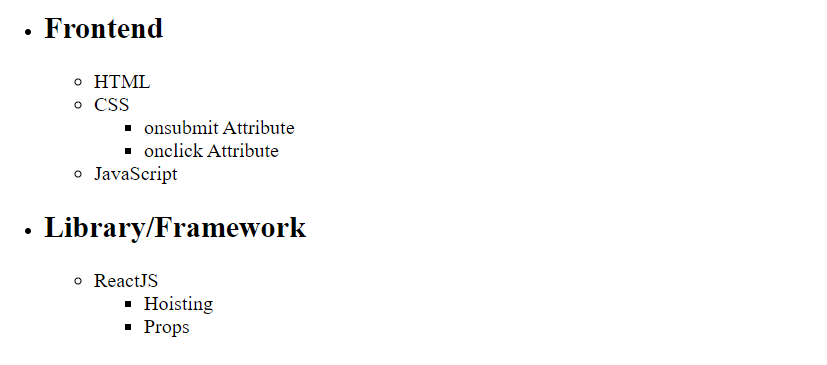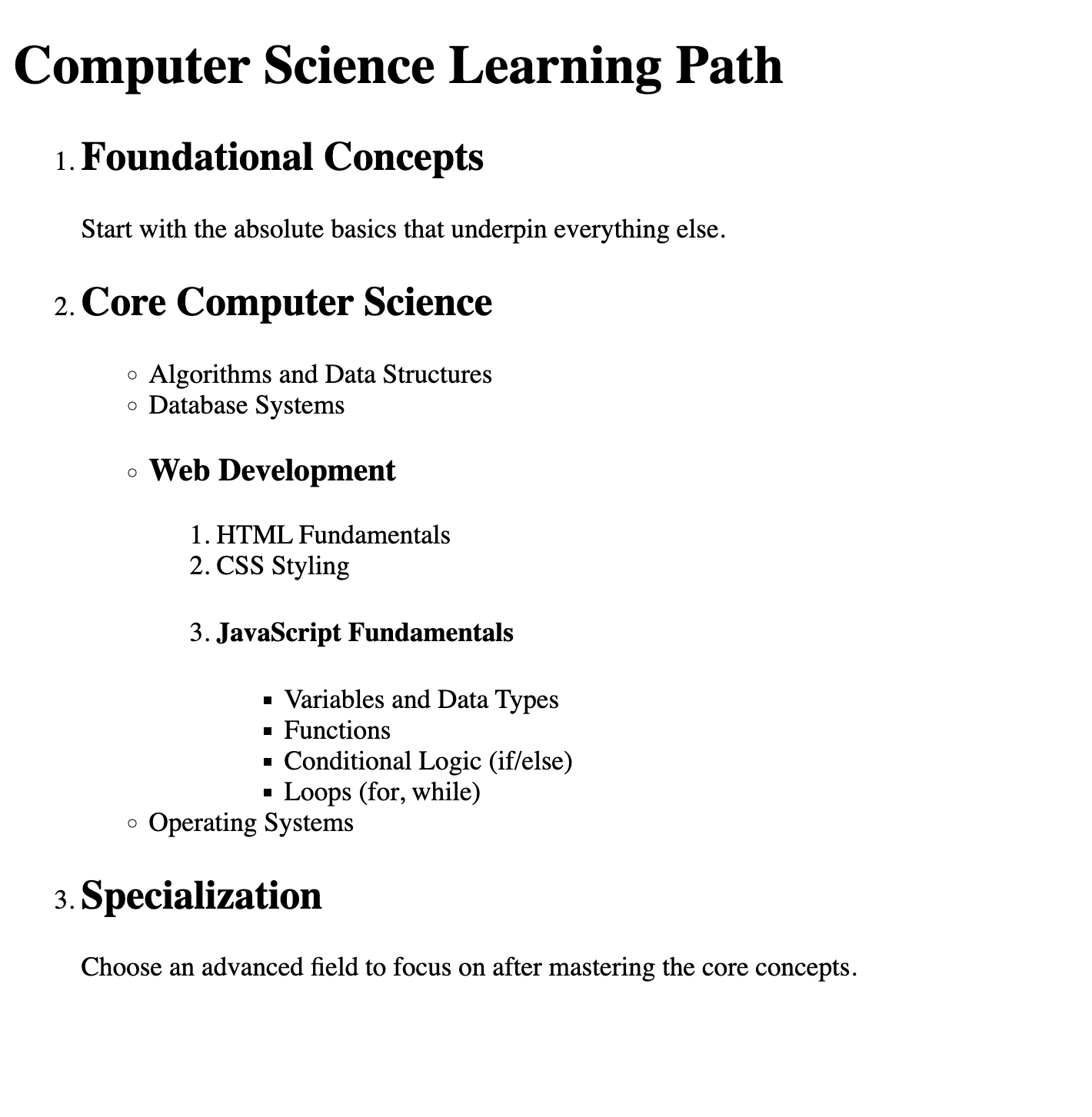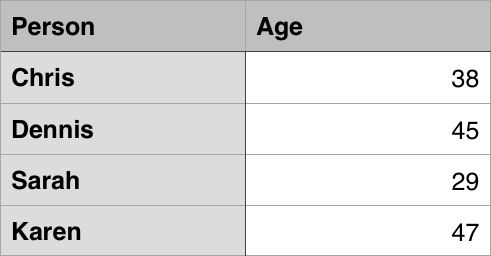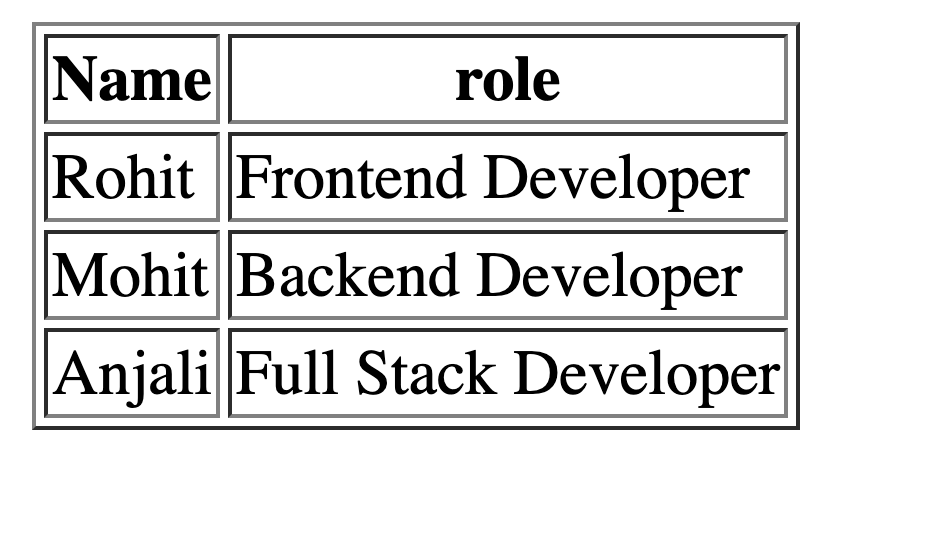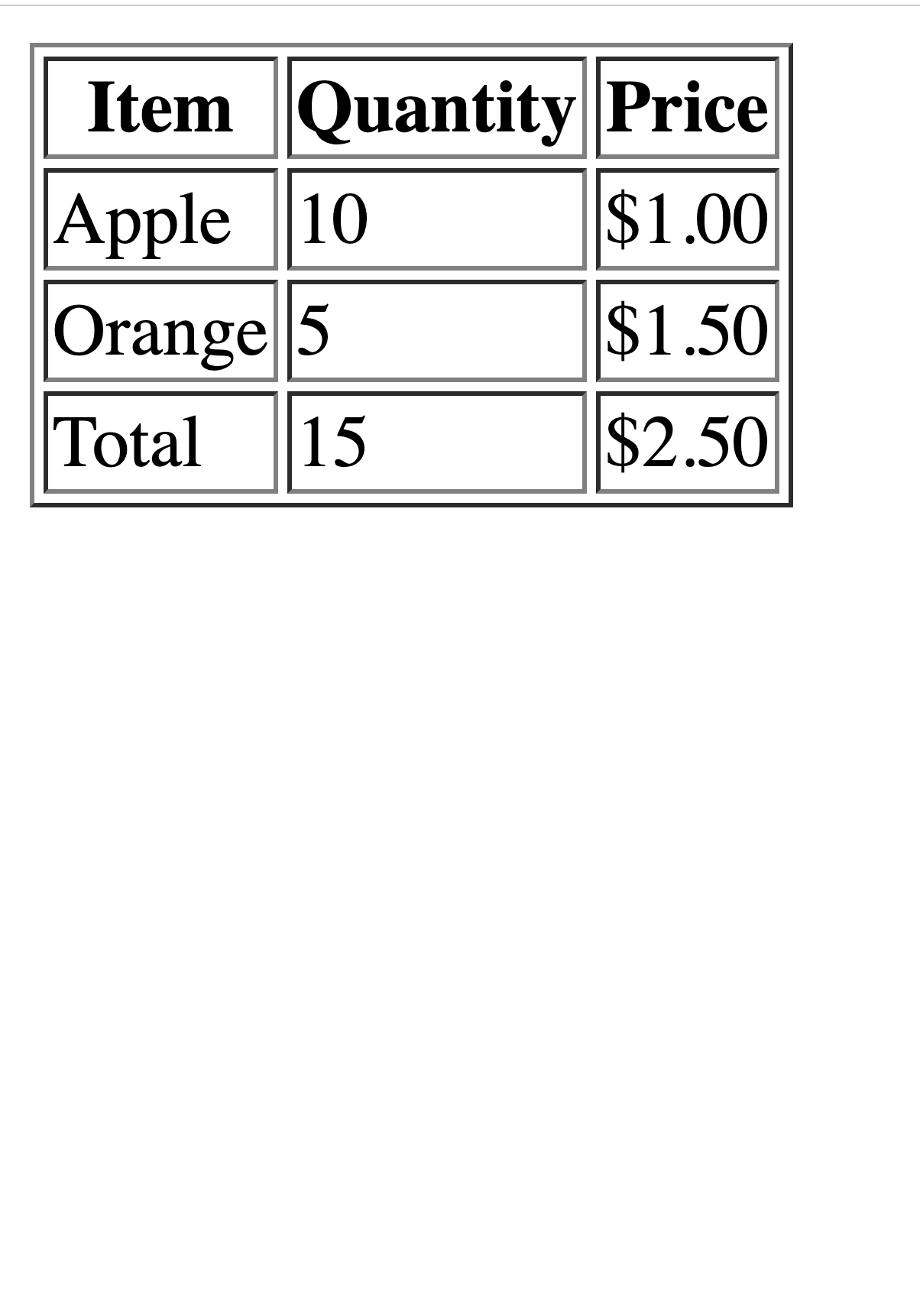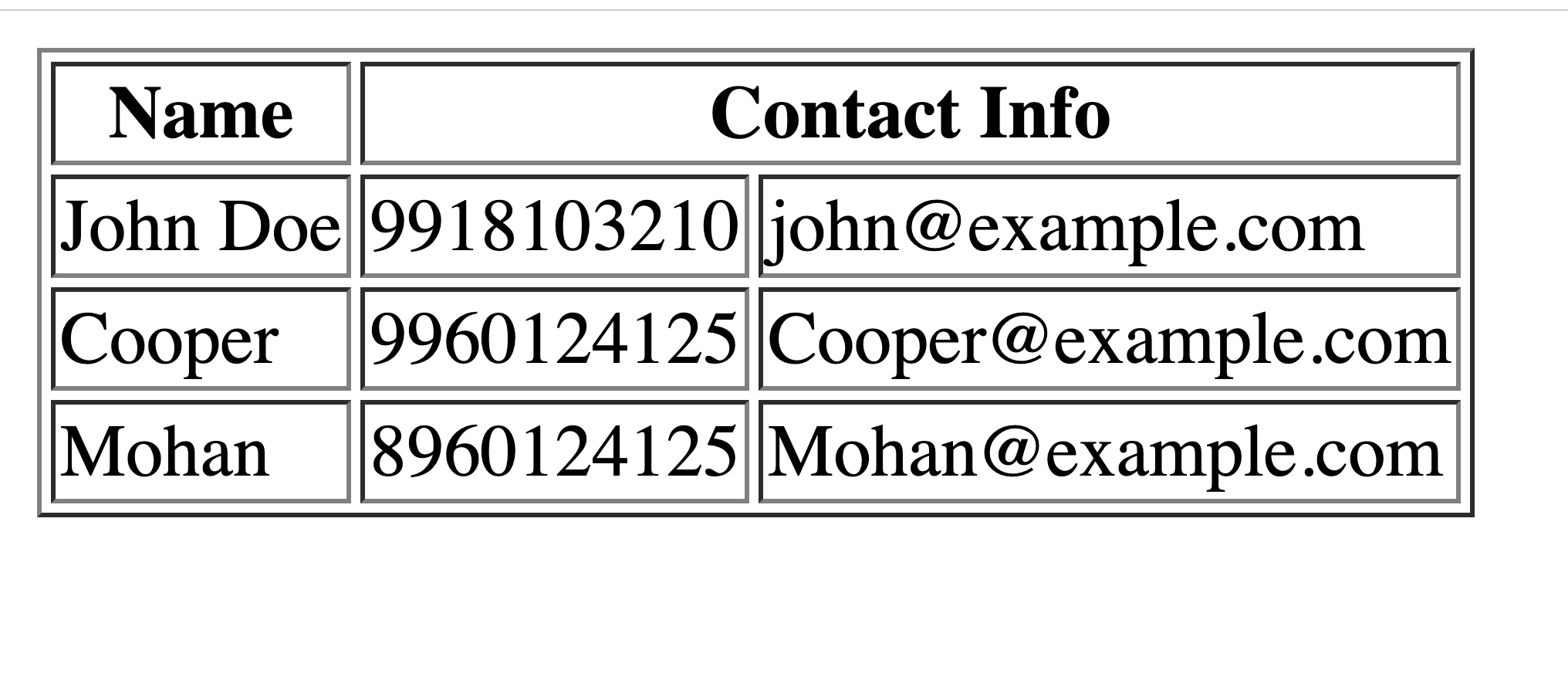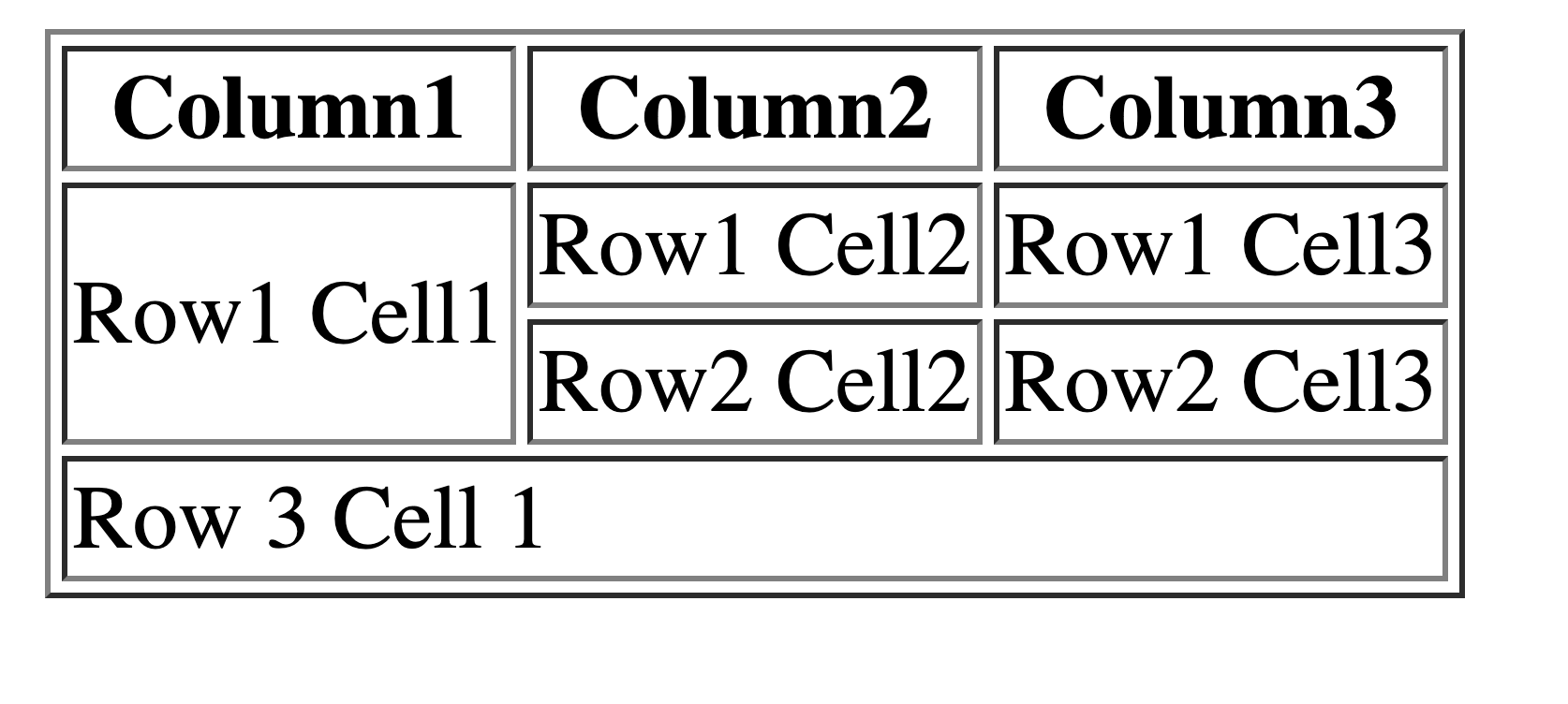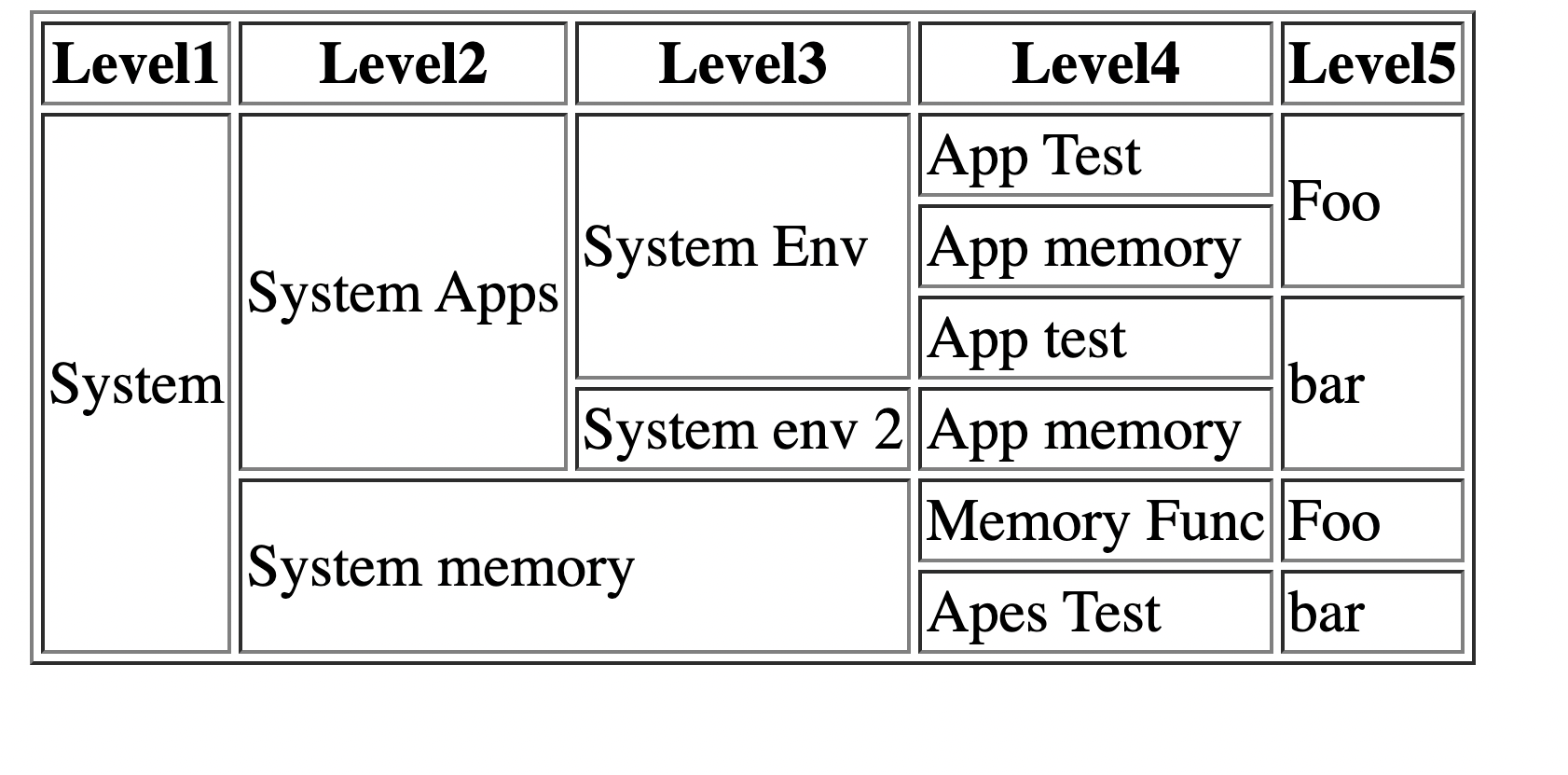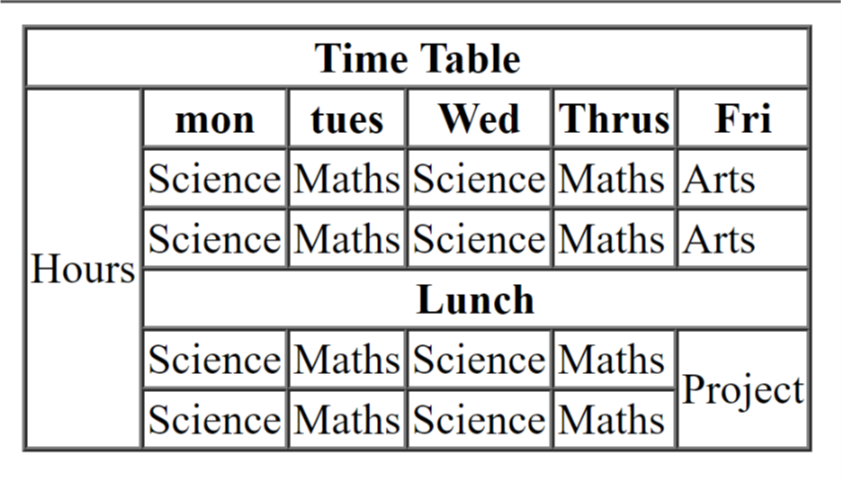1.1. Nested List (Example 1)
📖 Notes:
A nested list is a list that contains one or more other lists as its elements, creating a hierarchical structure of data. This concept is used in various contexts, such as HTML to structure content, and programming languages like Python to build complex data types like matrices or to group related sub-items within a larger list.
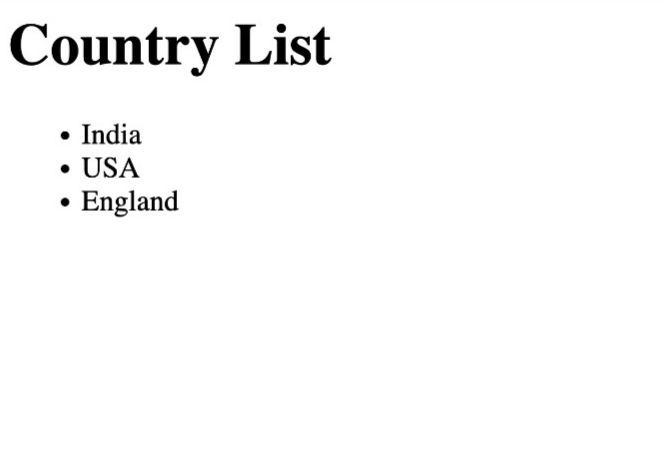
🎥 Watch:
1.2. Nested List (Example 2)
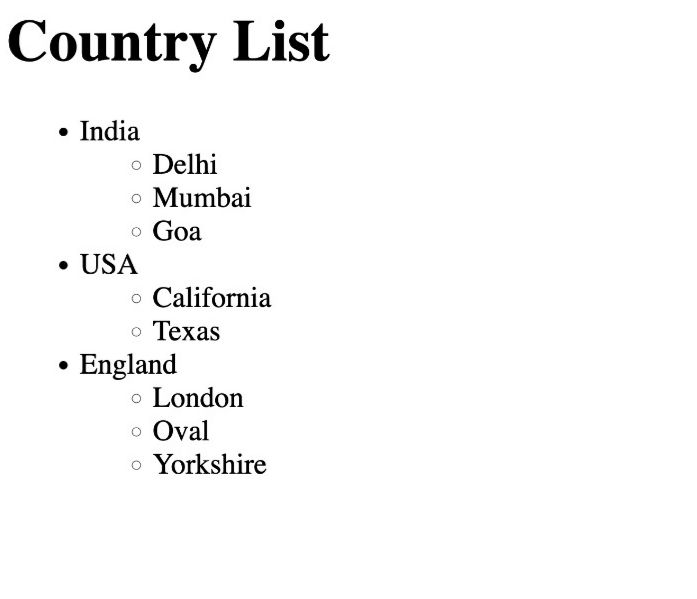
🎥 Watch:
1.3. Nested List (Example 3)
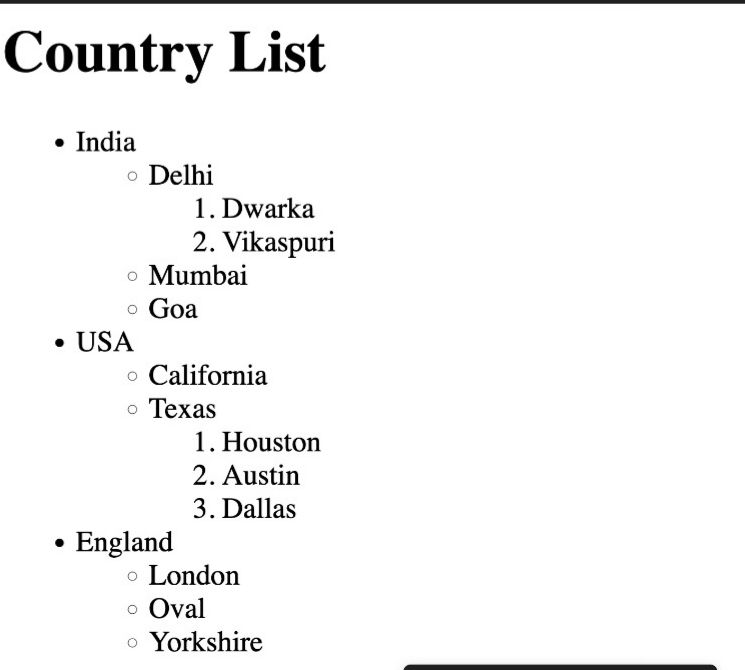
🎥 Watch:
1.4. Nested List (Example 4)
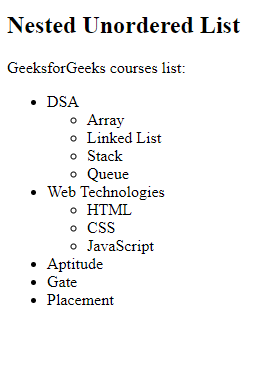
🎥 Watch:
1.5. Nested List (Example 5)
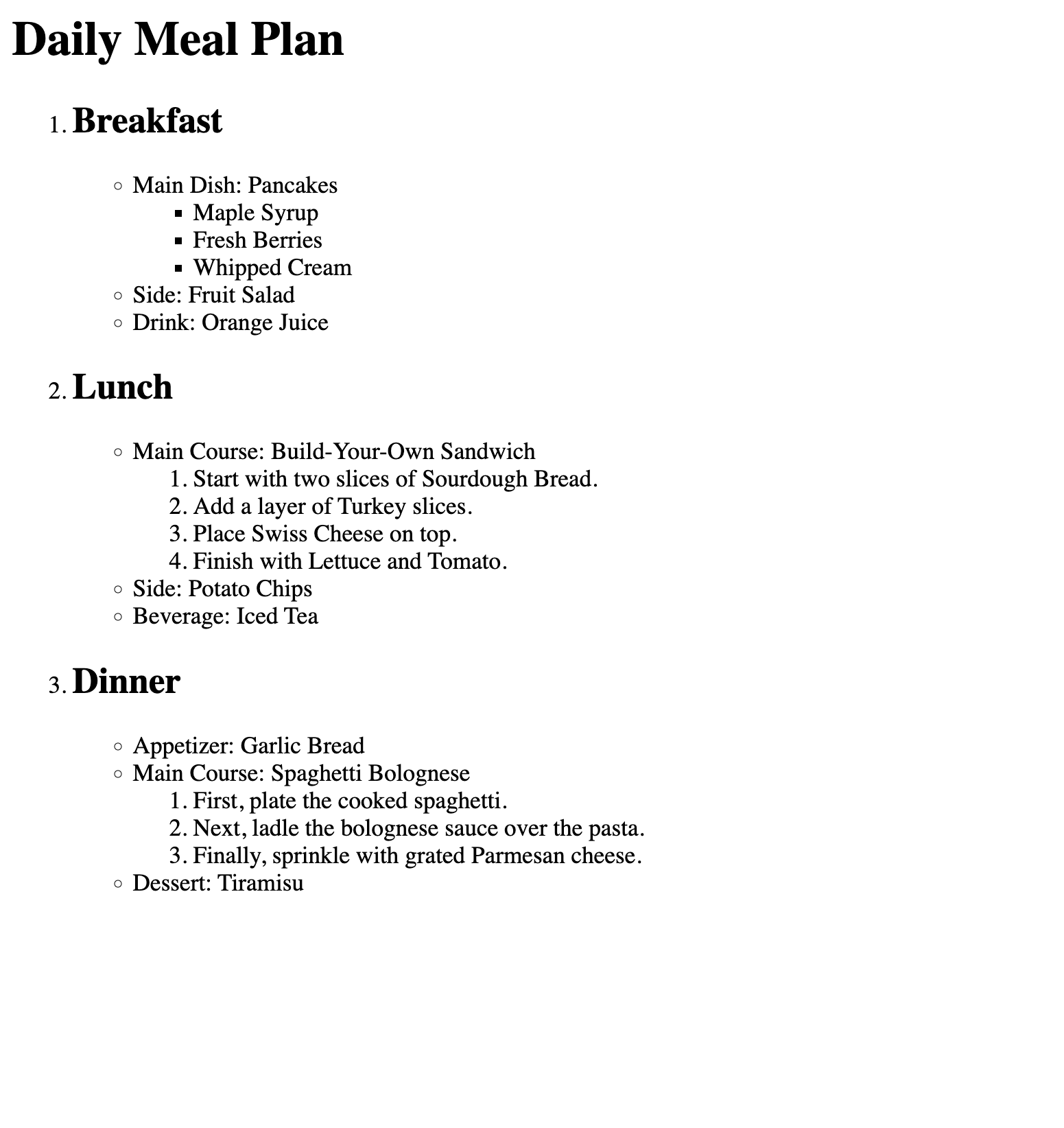
🎥 Watch:
1.6. Homework 1 & 2
